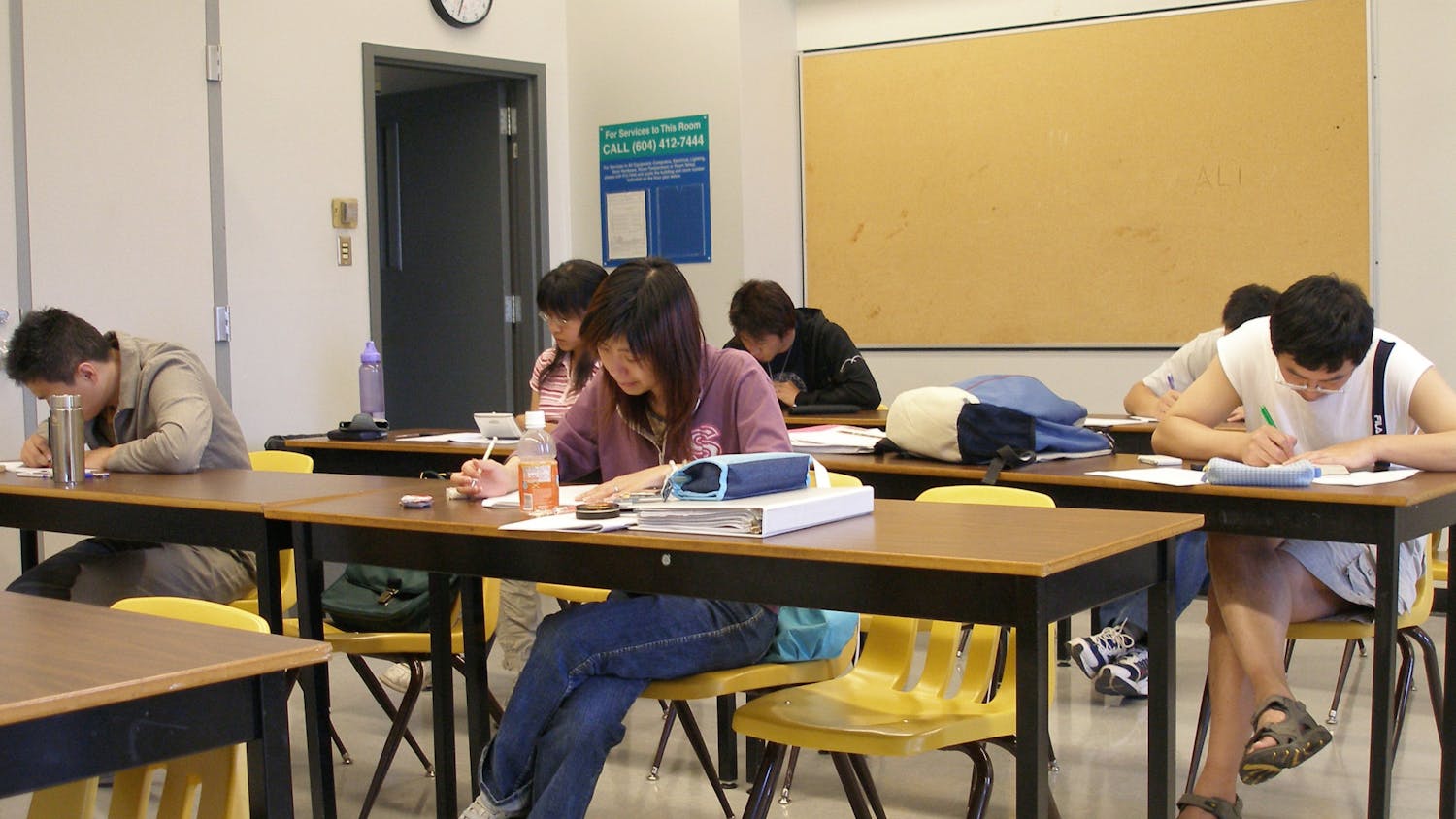When most people hear "child prostitution," they dismiss the issue, thinking it only pertains to impoverished individuals in third world countries. Although it is true that a large percentage of child prostitution globally results from poverty, such is not entirely the case in the United States. Data presented by the United Nations Children's Fund shows that at least 2 million children are sexually exploited every year and 400,000 of these children reside in the United States. There are an estimated 5,000 child prostitutes in New York City alone. How can we blame this issue solely on poverty when nearly a quarter of the affected population lives in one of the wealthiest nations in the world?
End Child Prostitution, Child Pornography and Trafficking of Children for Sexual Purposes (ECPAT) defines child prostitution as "sexual exploitation of the vulnerability of children (those under the age of 18) for cash or some other form of pay, which may involve an intermediary such as a pimp." The vast majority of children who fall prey to commercial sexual exploitation come from broken families where they have been neglected or abused physically and/or sexually.
Victims also include runaways, homeless children, girls who develop early and some who have been thrown out of their homes, leaving them to wander the streets. Most of the victims of sexual exploitation belong to low socio-economic backgrounds, but they are not limited to this population. The average age of a street prostitute in New York City is 12 to 13 and continues to decrease every year.
Many fail to sympathize with sexually exploited individuals because they see it as a "profession" of choice. However, the fact that the majority of this population comes from abusive households indicates that many people do not have stable families, healthy self-esteems, positive role models or educational resources to rely on. Pimps approach their victims by appearing to care about them at first, providing them with food to eat, a place to stay, and a shoulder to cry on; afterward, they present them with "the catch."
For most of these individuals, their pimps are their family and the occasional show of affection is more than they have ever received from any other person. Rachel Lloyd, founder of Girls Educating and Mentoring Services (GEMS), has found that victims continue to sell their bodies to profit their pimps so as to not disappoint the one person who "cares" for them, even though they take no pleasure in doing so. They are willing to endure abuse and rape from their pimps for the one time the pimps listened to them or bought them their favorite flavor of ice cream. Some individuals become addicted to drugs and continue to work for their pimps to feed their addictions.
Sexually exploited children are unable to demand the use of a condom and are defenseless against rape and abuse from clients as well as their pimps. As a result, prostituted children have a high risk of contracting STDs, getting pregnant or developing physical problems resulting from illegal abortions and unprotected sex. Along with physical complications, they face an increased risk of committing suicide, suffering from post-traumatic stress disorder and depression. Many pimps impose drugs on their prostitutes until they become addicted to keep them in the business. Their addiction to drugs increases their risk of kidney, liver and brain damage.
It is easy to assume that child prostitution is a problem for third world countries to deal with and sweep it under the rug. The truth of the matter, however, is that the United States, although wealthier and more powerful, has a much higher number of sexually exploited children than many third world countries.
If a powerful democracy cannot take actions to obliterate such a growing problem, then how are the less powerful nations to follow suit? It may seem as though this is an issue beyond our control, but simply through raising awareness and advocating for the rights of children, several new laws have been enforced to tackle this global calamity.
For instance, organizations such as ECPAT-USA, GEMS and the International Organization for Adolescents joined forces in 2000 to form the New York City Task Force Against the Sexual Exploitation of Young People, which focuses on raising awareness, creating and enforcing laws to protect the city's youth from commercial sexual exploitation.
Very few victims of sexual exploitation receive the counseling, treatment and nurturing environment necessary to return to a "normal" life. There are various organizations nationwide dedicated solely to this purpose; they provide transitional housing, medical attention, psychological counseling and educational opportunities for those who have been sexually exploited. A list of these organizations, along with other ways to help are posted on the ECPAT-USA Web Site, ecpatusa.org.
Many of these organizations need monetary donations as well as clothes and basic necessities to continue to rescue the youth of America from sexual exploitation. Contributions can also be made through drives on campus for such organizations. So, even without personally going to the United Nations or standing at a podium addressing the issue of child prostitution, simply donating clothes that go unworn or bringing up the issue in a conversation helps to make a difference.






